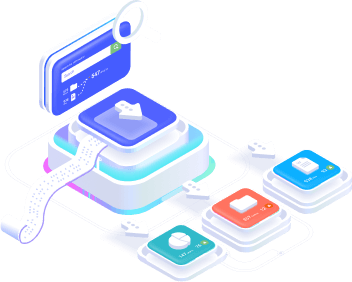Didn’t find what you were looking for?
Get in touch, and we’ll respond as soon as possible.
Send a question
In some cases, you may notice discrepancies between the data extracted using Stract and the reports from Ads Manager. This can happen for a few reasons, but it usually involves unique metrics, differences in attribution models, and campaign filters.
When using campaign filters in Stract and Facebook Ads, it’s important to consider the following:
If your extraction in Stract uses a conversion window that does not match the attribution settings you see in Facebook Ads, your conversion results will not be the same across platforms.
To make extractions faster, Stract filters data from campaigns and ad sets that had no spend during the selected period. However, in some cases, these ad sets or campaigns may still record conversions.
To include data from these ad sets and campaigns, you need to enable the Additional Option: “Include ads without spend.”
To make extractions faster, Facebook filters out data from ads with statuses like DELETED. However, in some cases, these ad sets or campaigns may still register conversions, impressions, or spend.
To include data from these ads, you need to enable the Additional Option: “Include all ads (including deleted ones).”
Discrepancies Between Data Observed in Ads Manager and Extracted Data
Get in touch, and we’ll respond as soon as possible.
Send a question

